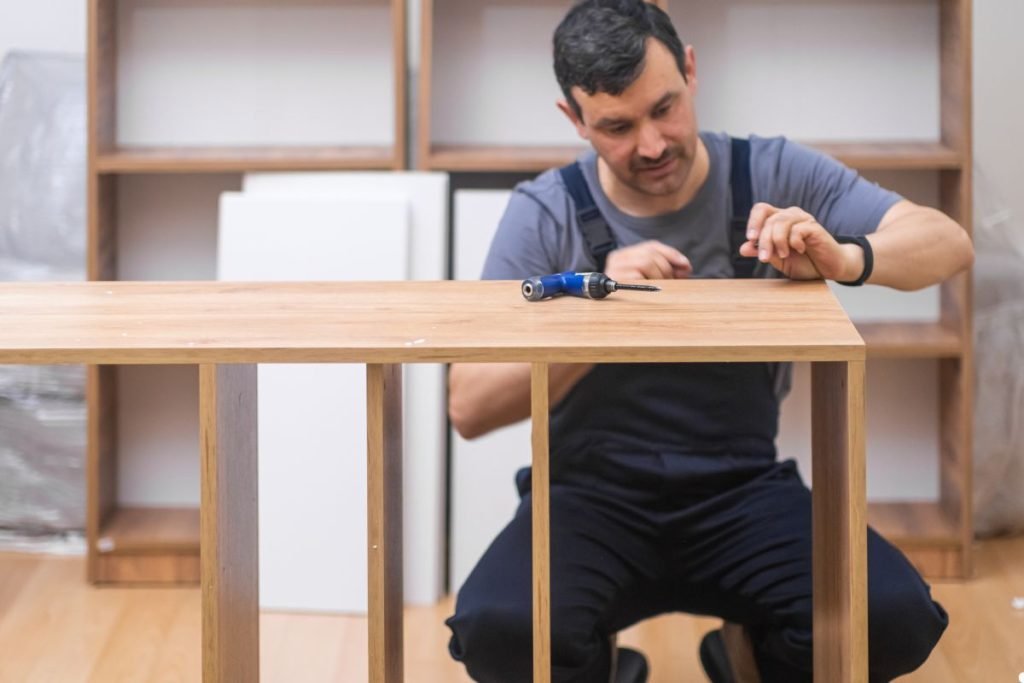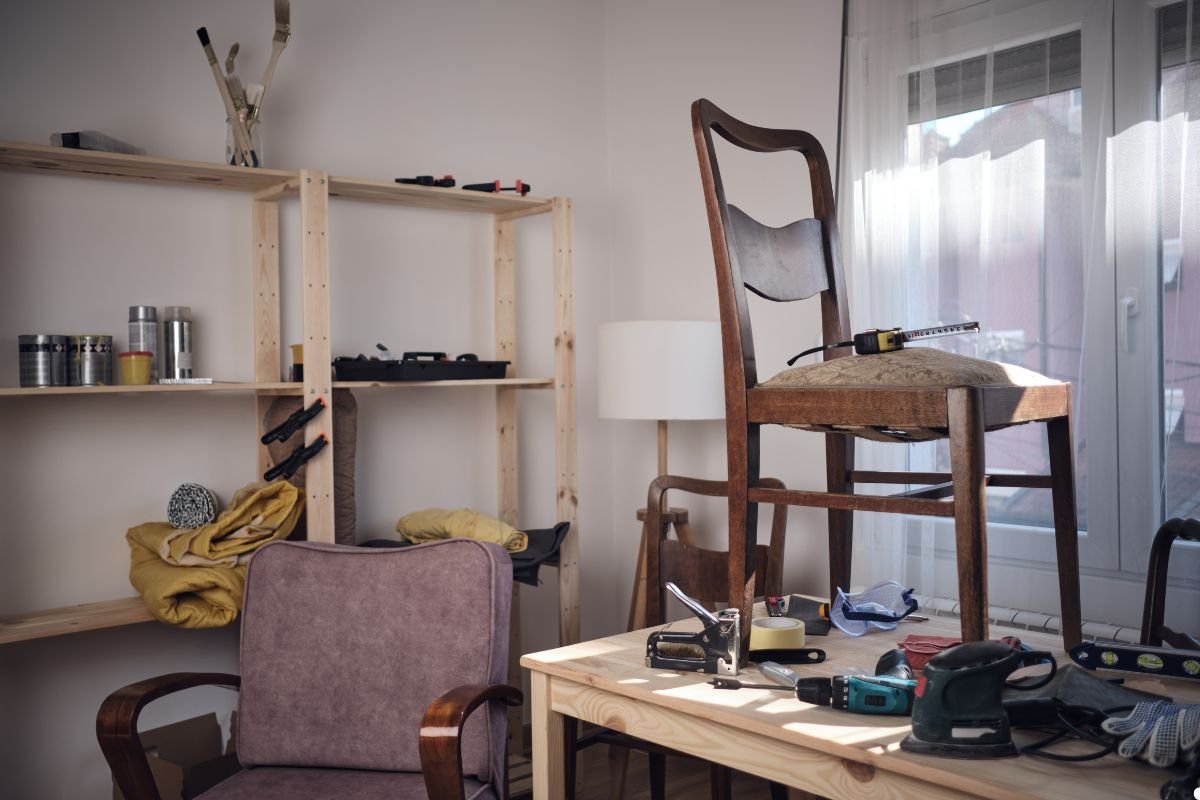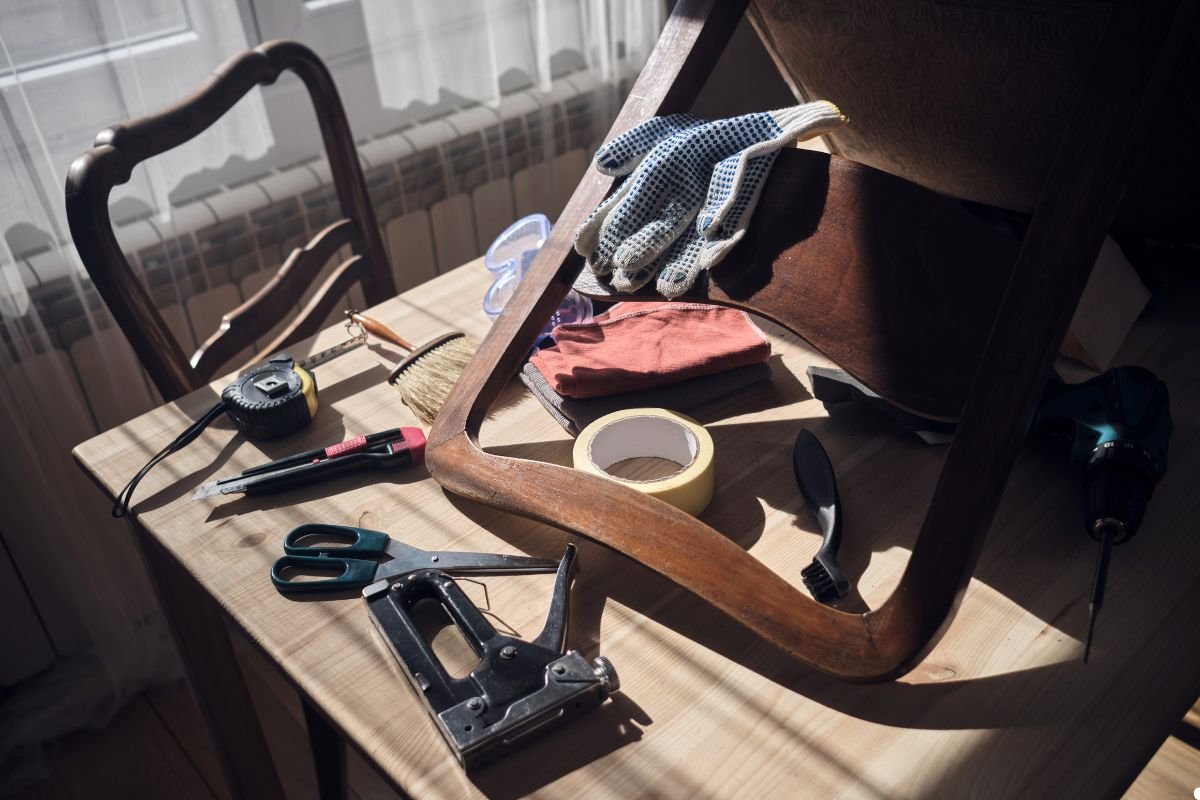
For many, the question of whether to restore antique furniture boils down to a balance of financial investment, emotional value, and the desire to preserve history. The answer is often yes, if you approach the restoration thoughtfully, understanding the potential costs and benefits. Restoration can increase the furniture’s value, preserve a family heirloom, or simply bring joy through owning a beautiful piece of the past. This guide will help you determine if restoring your antique furniture is the right decision. Call us today to discuss your restoration needs!
Understanding the Allure of Antique Furniture
Antique furniture whispers stories of bygone eras. It’s more than just a functional object; it’s a tangible link to history, craftsmanship, and a time when things were made to last. The unique character, the patina of age, and the intricate details all contribute to its irresistible charm. Whether it’s a Victorian-era dresser, a mid-century modern chair, or a rustic farmhouse table, antique furniture adds a touch of elegance and personality to any home. Antique repair provide a unique opportunity to own something truly unique and special.
The Financial Perspective: Is Restoration a Good Investment?
Restoring antique furniture can indeed be a good investment, but it’s crucial to manage your expectations. The value of a restored antique depends on several factors, including its rarity, historical significance, and the quality of the restoration work. In some cases, a professionally restored piece can command a significantly higher price than its unrestored counterpart. Before you begin, consider having your furniture appraised to understand its potential value.

Benefits of Restoring Antique Furniture
Beyond the potential for financial gain, restoring antique furniture offers several other compelling benefits. It’s an environmentally responsible choice, reducing waste and extending the lifespan of existing resources. Restoration allows you to preserve a piece of family history, passing down cherished heirlooms to future generations. And, of course, it results in a beautiful and unique piece of furniture that enhances your living space. Selecting sustainable furniture can be a rewarding choice.
Challenges of Antique Furniture Restoration
Antique furniture restoration isn’t without its challenges. The cost can be significant, especially if the piece requires extensive repairs or specialized techniques. Finding a skilled artisan with experience in antique restoration can also be difficult. There’s also the risk of irreversible damage if the restoration is not done correctly. That’s why, doing it yourself is not always advisable and you should always look for a qualified furniture restorer.
Factors to Consider Before Restoring
Before embarking on a restoration project, careful consideration is crucial.
Assessing the Furniture’s Condition
Thoroughly examine the piece for structural damage, wood rot, insect infestation, and finish deterioration. Document everything with photos. This will help you determine the scope of work required and potential costs.
Identifying the Furniture’s Style and Period
Understanding the furniture’s style and period is essential for choosing appropriate restoration techniques and materials. Research the piece’s history to ensure the restoration is historically accurate.
Researching Restoration Options and Costs
Explore different restoration options, such as cleaning, repair, refinishing, and upholstery. Obtain quotes from multiple restorers to compare costs and services.
Finding a Qualified Restorer
Choose a restorer with extensive experience in antique furniture restoration. Check their credentials, read reviews, and ask for references. A qualified restorer will have the knowledge and skills to preserve the furniture’s integrity and value.
Understanding the Restoration Process
Ask the restorer to explain the restoration process in detail. Understand the materials and techniques they will be using, and be sure to ask any questions you have.
DIY vs. Professional Restoration: Which is Right for You?
Deciding whether to tackle the restoration yourself or hire a professional depends on your skills, experience, and the complexity of the project.
Pros and Cons of DIY Restoration
DIY restoration can be a cost-effective option for simple repairs and cleaning. However, it requires significant time, effort, and skill. If you lack experience, you risk damaging the furniture or diminishing its value.
Pros and Cons of Professional Restoration
Professional restoration offers the expertise and skills needed to handle complex repairs and ensure a high-quality finish. However, it can be more expensive than DIY restoration.
The Restoration Process: What to Expect
The restoration process typically involves several steps:
- Assessment: Evaluating the furniture’s condition and determining the scope of work.
- Cleaning: Removing dirt, grime, and old finishes.
- Repair: Addressing structural damage, such as loose joints or broken legs.
- Refinishing: Applying a new finish to protect the wood and enhance its appearance.
- Upholstery: Replacing damaged or worn upholstery.
Maintaining Your Restored Antique Furniture
Once your antique furniture is restored, proper maintenance is essential to ensure its longevity. Dust regularly with a soft cloth, avoid placing furniture in direct sunlight or near heat sources, and use appropriate cleaning products. Consider applying a protective wax or polish to preserve the finish. You should always consider these tips for Furniture maintenance. With our services, you can ensure your furniture remains in top condition with proper care and preservation techniques.

Alternatives to Full Restoration
In some cases, full restoration may not be necessary or desirable.
Cleaning and Polishing
Simple cleaning and polishing can often revitalize antique furniture, enhancing its natural beauty without altering its character.
Minor Repairs
Addressing minor repairs, such as loose joints or chipped veneer, can improve the furniture’s stability and appearance without requiring a complete overhaul.
Conserving the Original Finish
Preserving the original finish can be a valuable option, especially if it’s in good condition and adds to the furniture’s historical significance.
Conclusion: Making the Right Decision
Deciding whether to restore antique furniture is a personal one. By carefully considering the factors outlined in this guide, you can make an informed decision that aligns with your goals and budget. Whether you choose to restore, repair, or simply maintain your antique furniture, you’ll be preserving a piece of history and adding beauty to your home. Ready to restore your antique furniture? Contact us today for expert guidance and quality restoration services!
FAQs About Antique Furniture Restoration
How much does it cost to restore antique furniture?
The cost varies widely depending on the furniture’s condition, the complexity of the restoration, and the restorer’s rates. Expect to pay anywhere from a few hundred to several thousand dollars.
How long does it take to restore antique furniture?
The restoration process can take anywhere from a few days to several weeks, depending on the scope of work.
Is it worth restoring furniture with significant damage?
It depends. If the furniture is rare, historically significant, or has sentimental value, it may be worth restoring even with significant damage.
How do I find a qualified antique furniture restorer?
Ask for recommendations from antique dealers, museums, or historical societies. Check online directories and read reviews. Interview potential restorers and ask for references. For expert restoration services, call us today!

